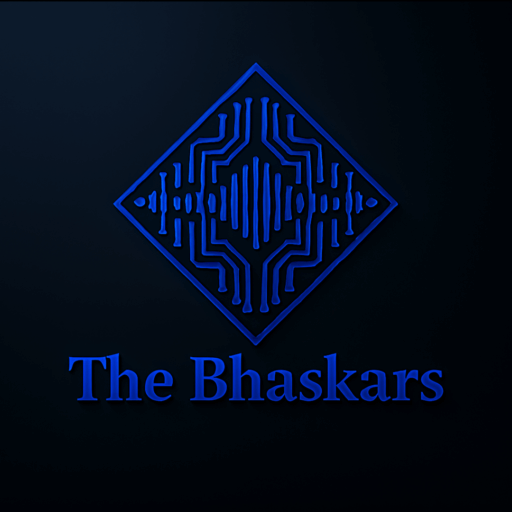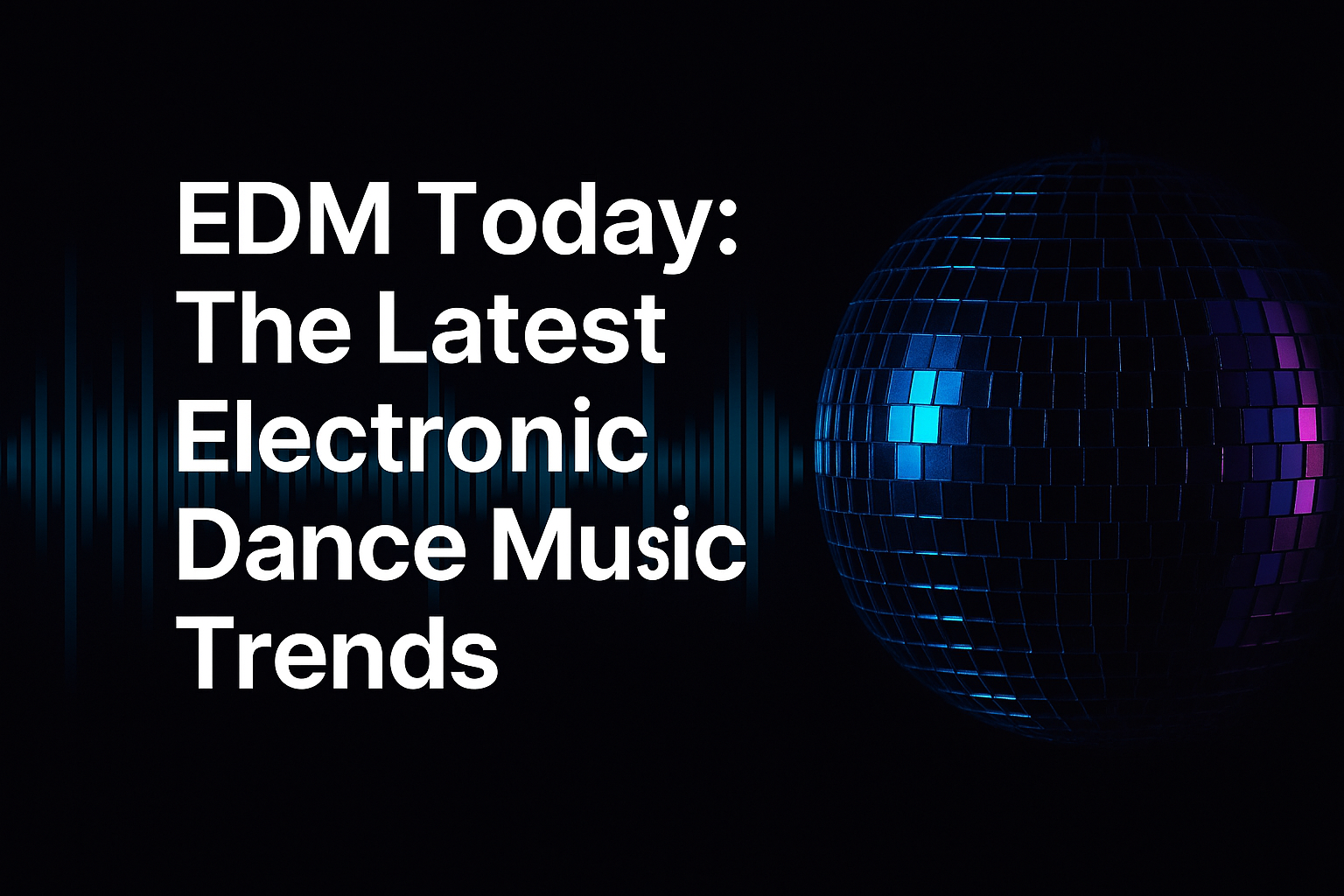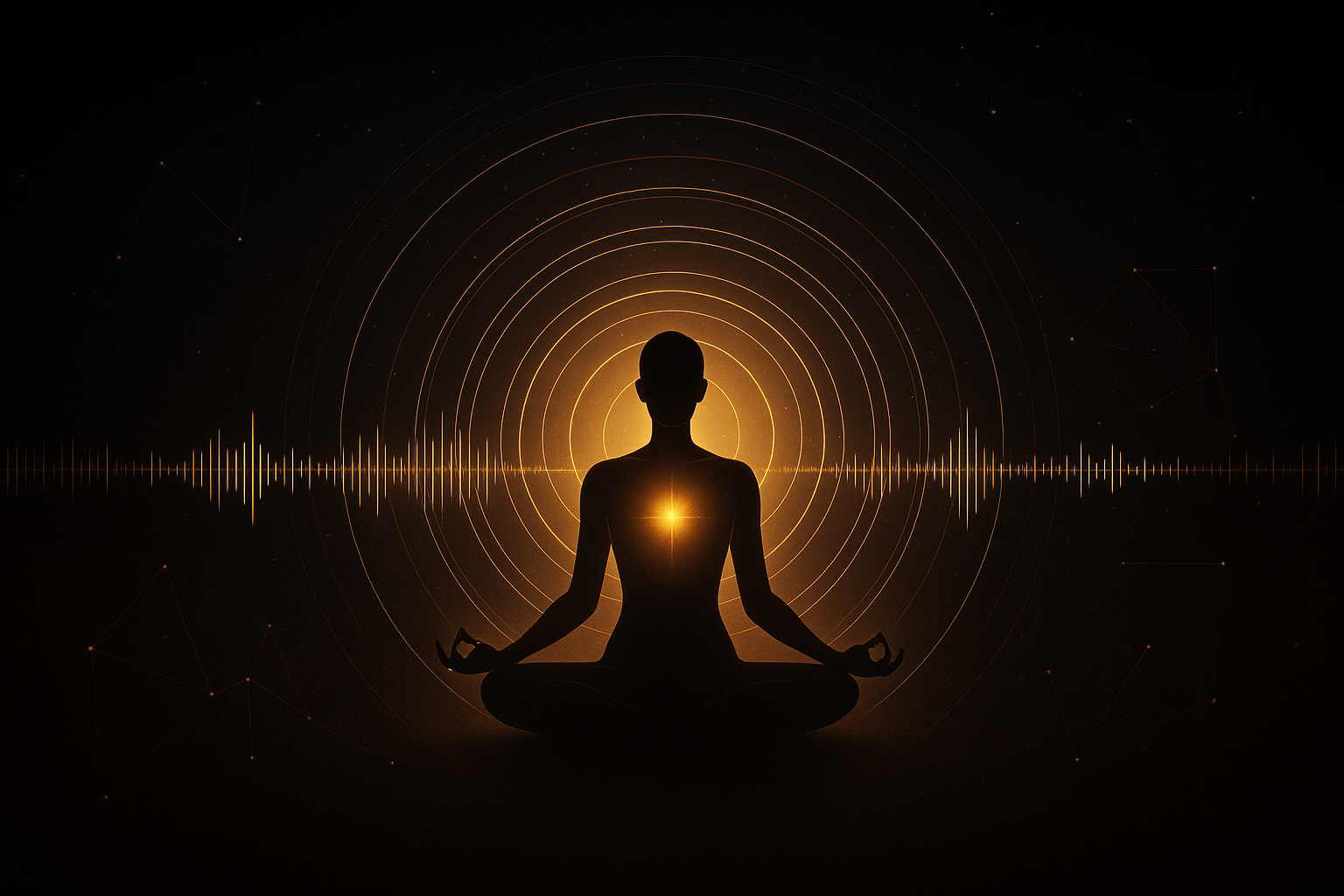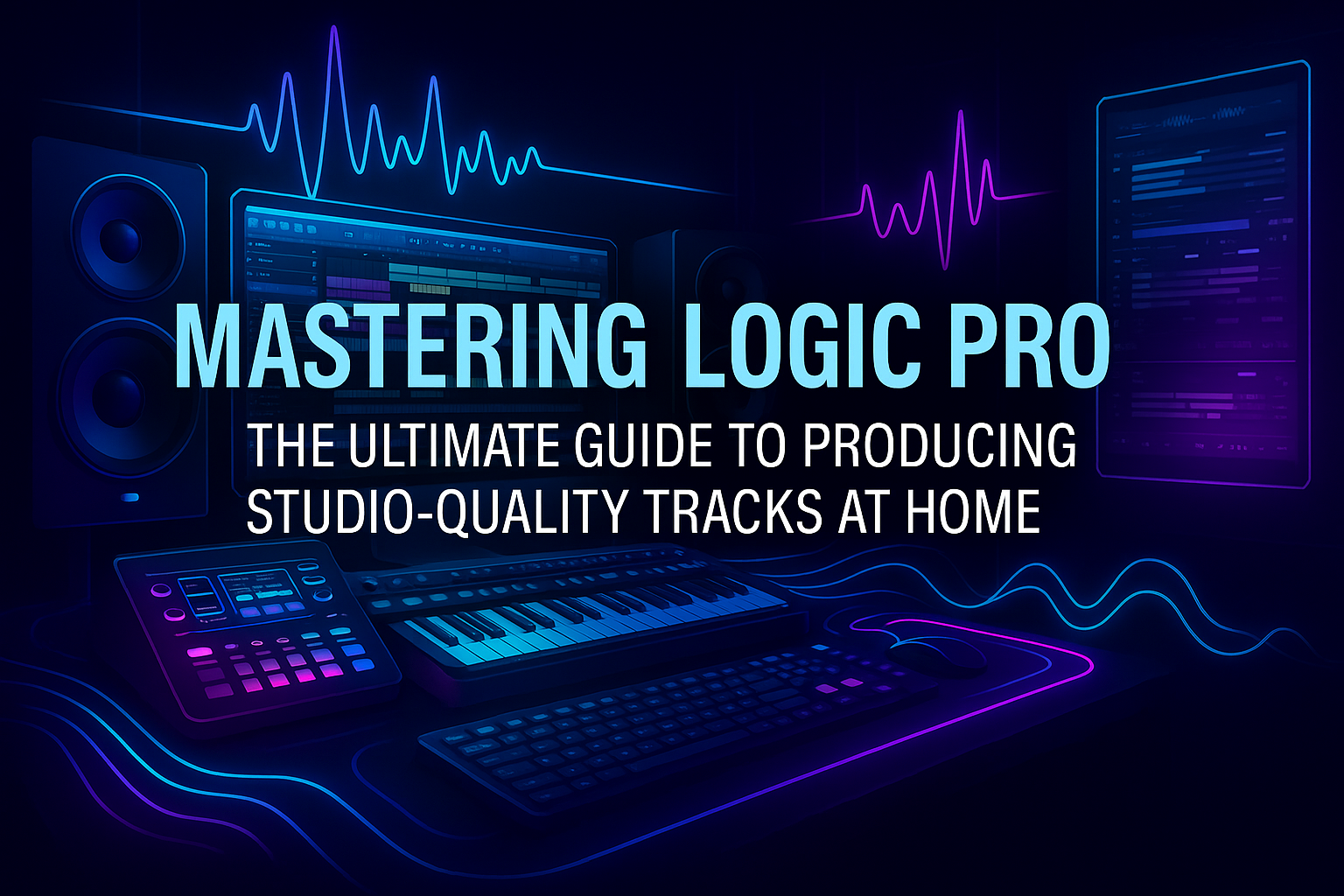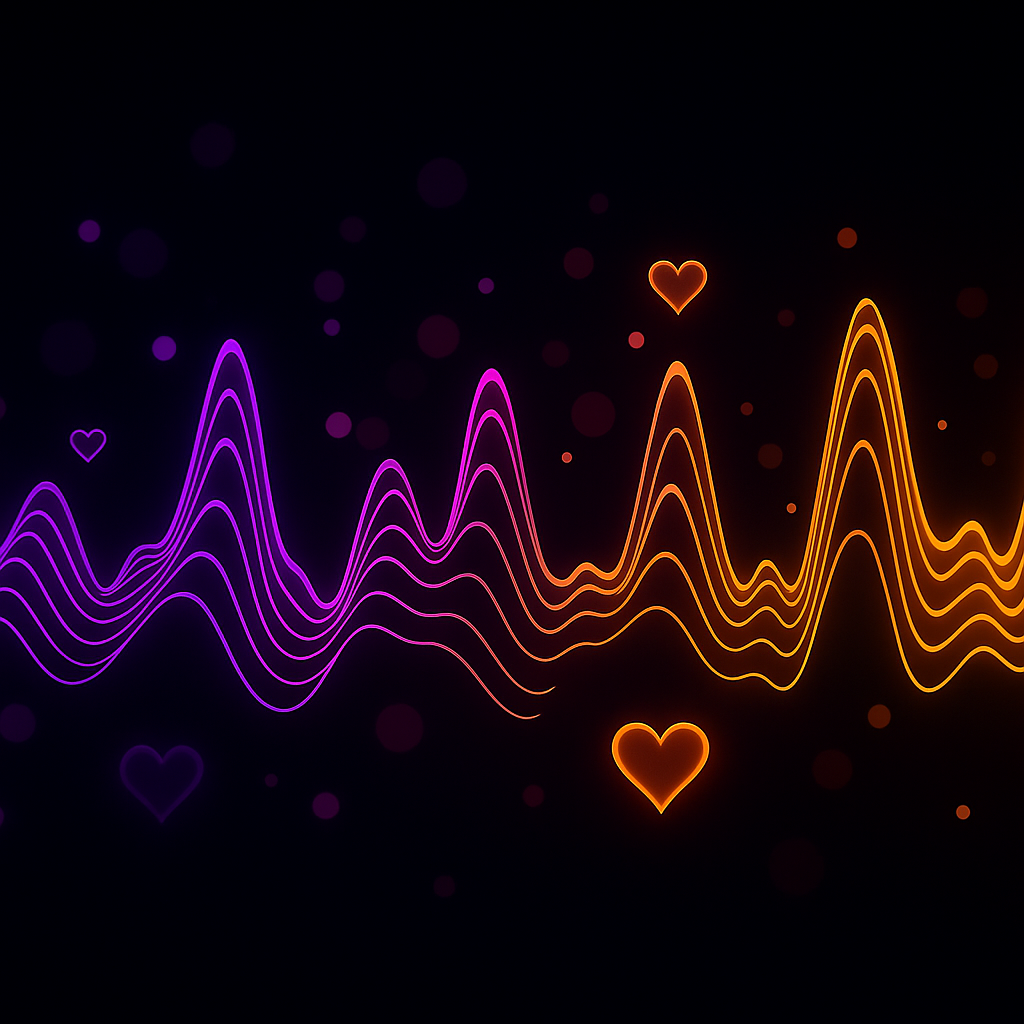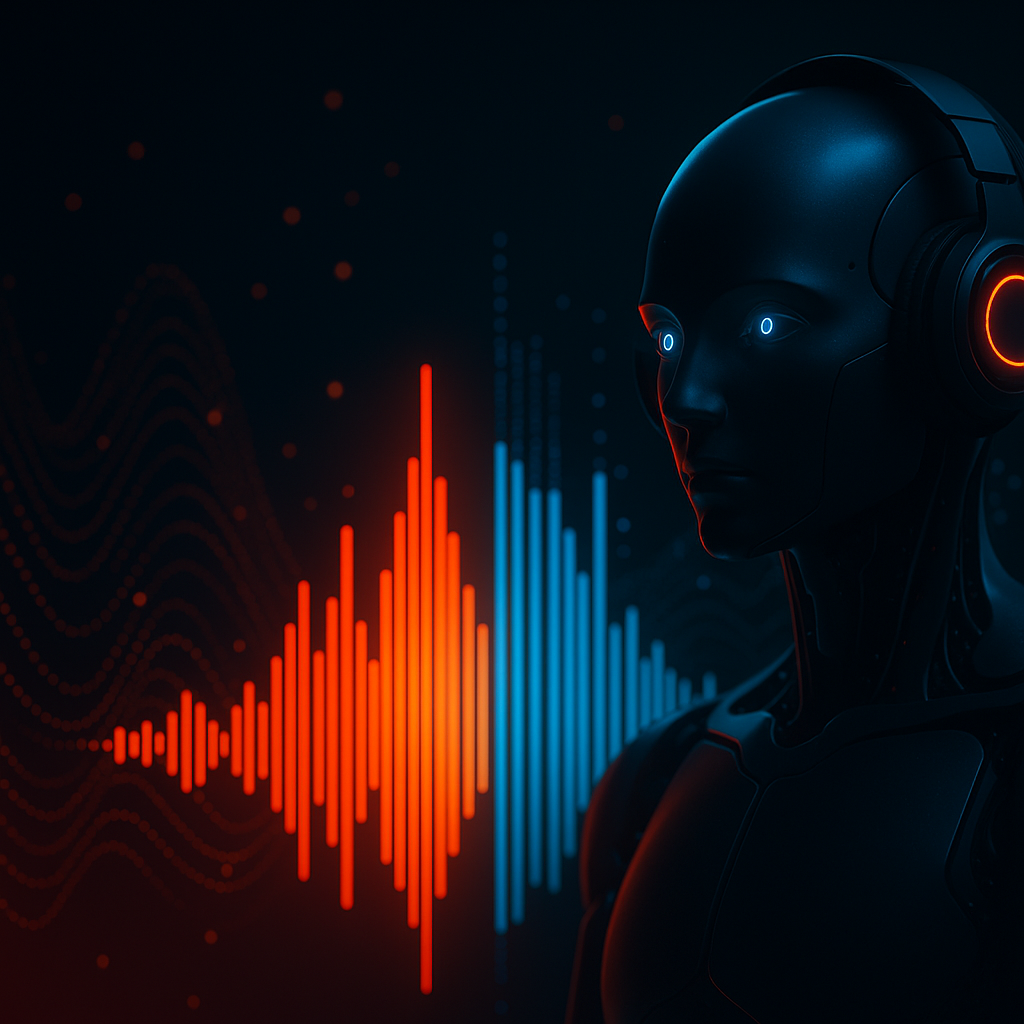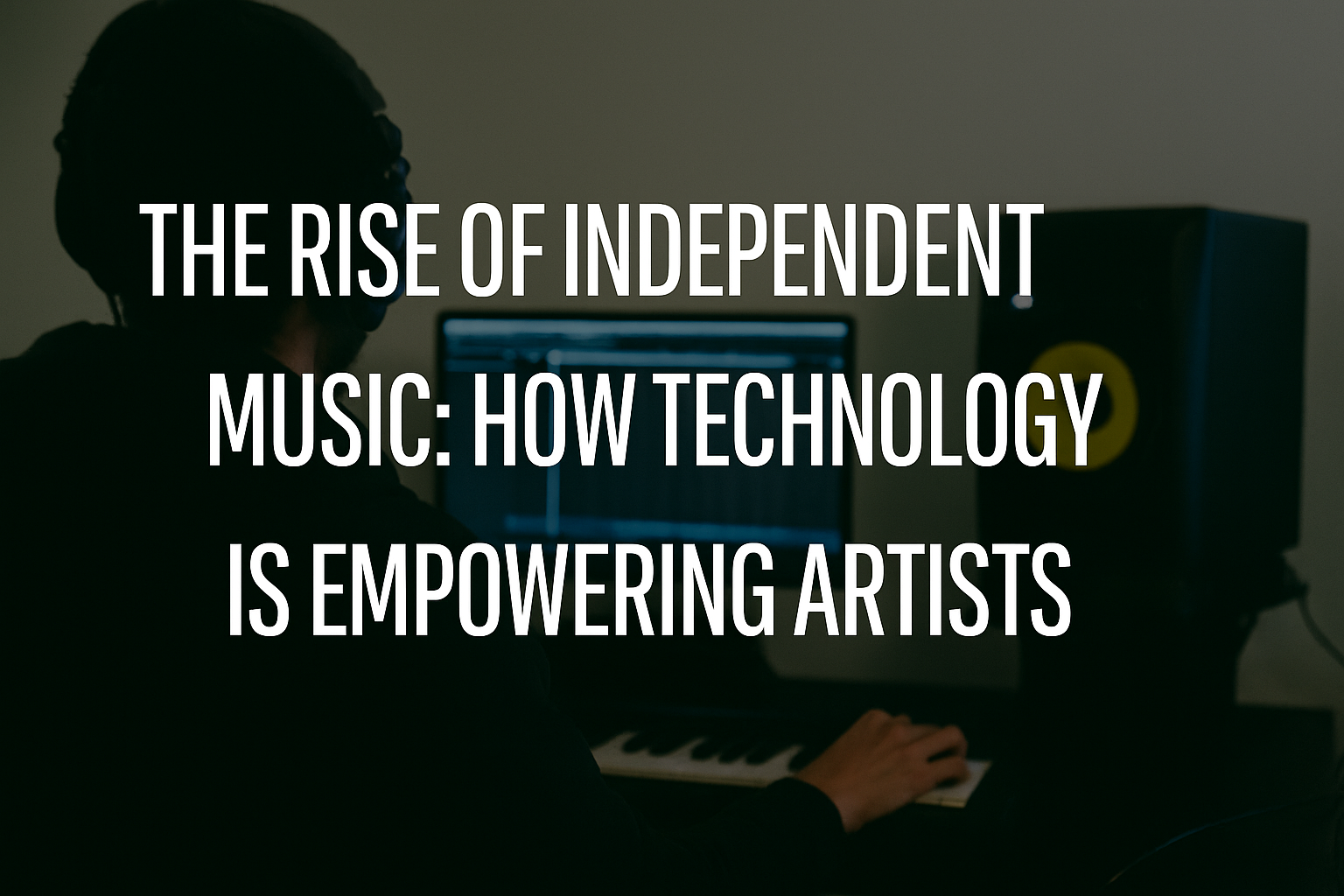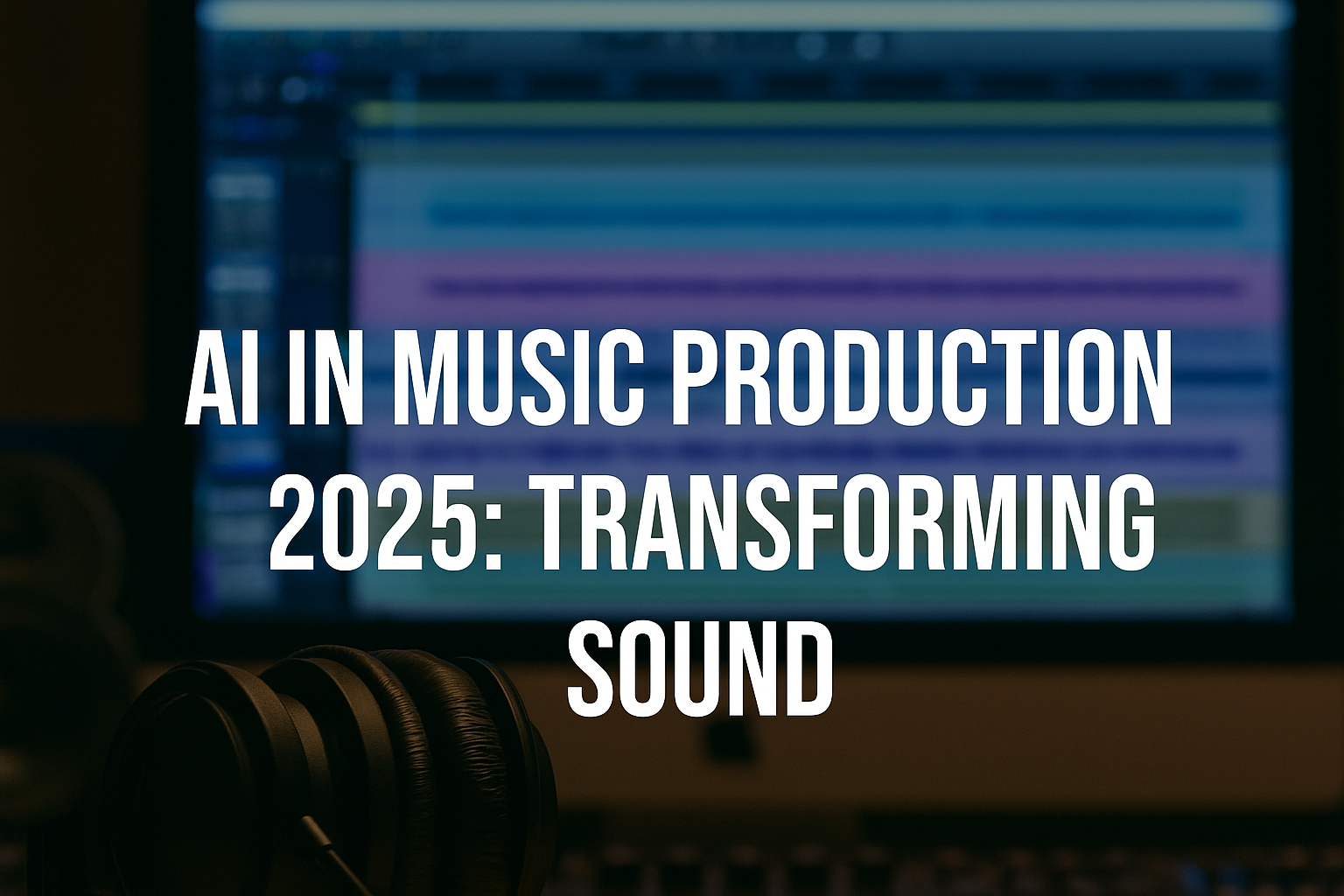Electronic Dance Music, or EDM, is more than just a genre — it’s a global movement. From dimly lit warehouses in Chicago to massive open-air festivals across Europe and Asia, EDM has evolved into one of the most influential forces in modern music. Its story is one of rebellion, innovation, and community — uniting millions through rhythm, technology, and emotion.
The Birth of Underground Electronic Music
The origins of EDM can be traced back to the 1970s and early 1980s when disco began to fade, and underground artists experimented with drum machines, synthesizers, and sequencers. In cities like Chicago and Detroit, pioneers such as Frankie Knuckles and Juan Atkins created early forms of house and techno. These sounds, characterized by repetitive beats and futuristic tones, laid the foundation for modern dance music.
The European Influence
While the United States gave birth to house and techno, Europe became the fertile ground where EDM flourished. Clubs in Berlin, Manchester, and Ibiza turned electronic music into a lifestyle. The rave culture of the 1990s saw the emergence of trance and drum-and-bass, with artists like Paul van Dyk, The Prodigy, and Daft Punk pushing the boundaries of sound and performance. This period marked the global expansion of electronic music and the birth of the superstar DJ.
The Digital Revolution
The 2000s brought a digital revolution that transformed how EDM was produced and consumed. Affordable software like Ableton Live, FL Studio, and Logic Pro democratized music production, allowing bedroom producers to create professional-grade tracks. Online platforms such as SoundCloud and YouTube gave rise to new artists and genres, accelerating EDM’s spread beyond club walls.
The Rise of Global Festivals
As EDM gained popularity, large-scale festivals like Tomorrowland, Ultra Music Festival, and Electric Daisy Carnival redefined live entertainment. These events combined music, technology, and art into immersive experiences that attracted millions of fans each year. The DJ booth became the modern stage, and artists like Calvin Harris, Tiësto, and Martin Garrix became global icons.
Genre Fusion and Experimentation
EDM has never been confined to one sound. Over time, it absorbed influences from hip-hop, pop, and rock, creating subgenres like future bass, trap, and progressive house. This genre-blending not only broadened EDM’s audience but also encouraged experimentation. Collaborations between DJs and mainstream artists, such as Avicii and Coldplay, bridged the gap between electronic and popular music.
The Role of Technology and AI
Technology has always been at the heart of EDM’s innovation. Today, artificial intelligence and real-time sound synthesis are pushing creative boundaries even further. AI-assisted composition tools and generative music software allow producers to experiment with new sonic landscapes, blurring the line between human creativity and machine precision.
The Cultural Impact of EDM
Beyond its sound, EDM represents a global community built around unity, freedom, and self-expression. The ‘PLUR’ philosophy — Peace, Love, Unity, and Respect — remains central to rave culture. EDM has influenced fashion, visual arts, and even mindfulness practices, as electronic music continues to serve as a form of emotional release and connection.
The Future of EDM
As we move deeper into the 2020s, EDM continues to evolve. Hybrid live performances, immersive visuals, and interactive virtual concerts are redefining the festival experience. With Web3, blockchain-based ticketing, and decentralized streaming platforms on the horizon, the next era of EDM will likely be even more global, inclusive, and innovative.
Conclusion
From underground clubs to global stages, EDM’s journey reflects the power of technology and human creativity. It’s not just about beats and drops — it’s about connection, energy, and evolution. As the world continues to change, so will the sound of EDM — forever adapting, innovating, and inspiring the rhythm of a new generation.
